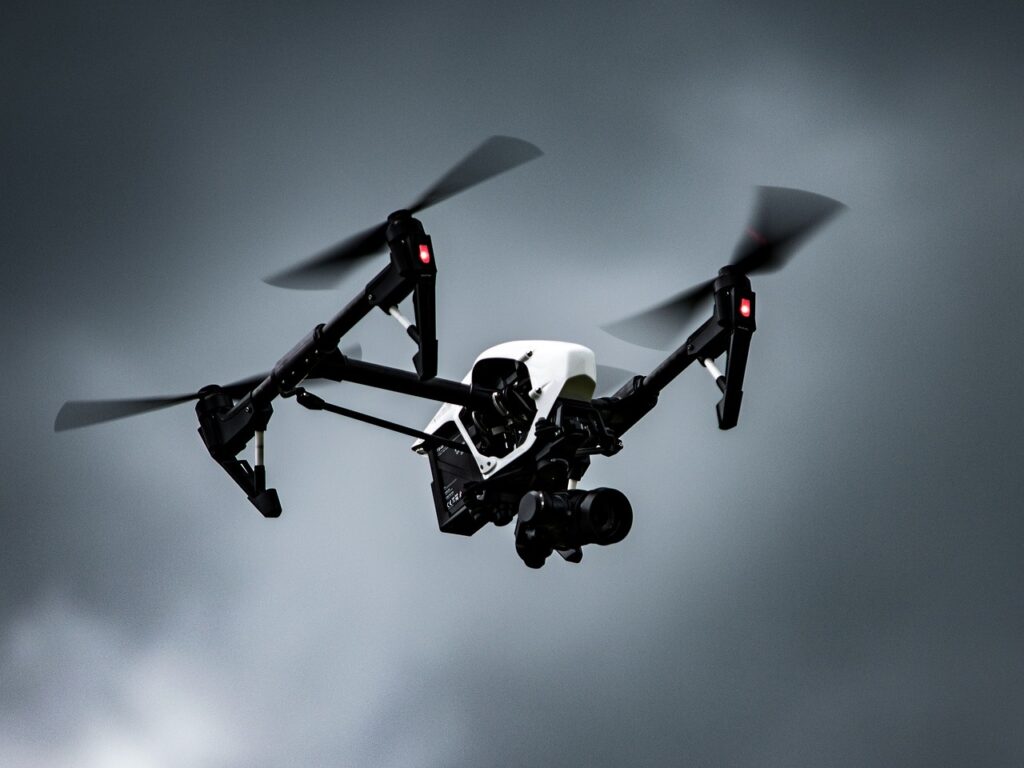Soaring to New Heights: A Comprehensive Guide to FPV Drones. In the ever-evolving world of technology, one innovation that has truly taken flight is the advent of First Person View (FPV) drones. These sleek and agile unmanned aerial vehicles have revolutionized the way enthusiasts experience the thrill of flying. Whether you’re a seasoned drone pilot or a beginner eager to explore the skies, this comprehensive guide will take you through the exciting realm of FPV drones.
Understanding FPV Drones
What is FPV?
FPV stands for First Person View, offering a real-time video feed from the drone’s perspective. This immersive experience is made possible through a combination of specialized cameras, transmitters, and goggles, allowing pilots to see and navigate the drone as if they were on board.
Components of an FPV Drone:
- FPV Camera: This small camera is mounted on the drone and transmits live video to the pilot’s goggles.
- Video Transmitter: Sends the video feed from the drone to the pilot’s goggles or monitor.
- FPV Goggles: These immersive goggles provide a first-person view, creating a captivating flying experience.
- Radio Transmitter and Receiver: The remote control unit for piloting the drone.
Getting Started
Choosing the Right FPV Drone:
Selecting the ideal FPV drone depends on your skill level and intended use. Entry-level models like the Tiny Whoop are great for beginners, while more advanced pilots may opt for custom-built racing drones or cinematic rigs.
Basic Flight Skills:
Before diving into FPV, it’s crucial to master basic drone flying skills. Practice hovering, navigating in different directions, and maintaining a steady altitude. This foundation will make the transition to FPV piloting smoother.
Building Your Own FPV Drone
Customization and DIY:
For enthusiasts seeking hands-on experience, building a custom FPV drone is a rewarding endeavor. This allows you to tailor the drone to your specifications, from frame design to camera selection. Numerous online communities and forums provide valuable resources for DIY drone builders.
Essential Components for Building:
- Frame: The structural foundation of the drone.
- Flight Controller: The brain of the drone, controlling its movements.
- Motors and Propellers: Provide the necessary thrust for flight.
- Electronic Speed Controllers (ESCs): Regulate the speed of the motors.
- Battery: Powers the drone during flight.
Flying Techniques
Mastering the Art of FPV Flight:
- *Start Slow:* Begin with gentle movements to get accustomed to the FPV perspective.
- *Practice in Open Spaces:* Choose open areas to avoid obstacles while refining your piloting skills.
- *Use Simulator Software:* Virtual simulators help hone your FPV skills without the risk of damaging your drone.
Safety Considerations:
- Follow Local Regulations: Be aware of and adhere to local drone flying regulations.
- Maintain Line of Sight: Keep your drone within sight to avoid collisions with obstacles.
- Check Weather Conditions: Fly in suitable weather conditions to ensure optimal performance and safety.
Advanced FPV Flying
FPV Racing:
For those seeking an adrenaline rush, FPV racing is a popular sport where pilots navigate their drones through challenging courses. Racing drones are designed for speed and agility, offering a thrilling competitive experience.
Cinematic FPV:
Capture breathtaking aerial footage by incorporating FPV drones into your filmmaking toolkit. Cinematic FPV drones are equipped with high-quality cameras and stabilization systems, providing filmmakers with a unique perspective for stunning visuals.
Troubleshooting and Maintenance
Common Issues:
- Signal Interference: Adjust the frequency or location to minimize interference.
- Battery Issues: Monitor battery levels and be mindful of flight time limitations.
- Calibration: Regularly calibrate sensors and components for optimal performance.
Routine Maintenance:
Regularly inspect your drone for wear and tear, clean the FPV camera lens, and ensure all components are securely fastened. Proactive maintenance enhances the longevity and reliability of your FPV drone.
Conclusion
Soaring to new heights with FPV drones is a thrilling journey that combines technology, skill, and creativity. Whether you’re racing through obstacle courses or capturing cinematic vistas, the world of FPV drones offers endless possibilities. By understanding the components, practicing flying techniques, and embracing the evolving technology, you can unlock the full potential of FPV flight and experience the joy of navigating the skies from a truly unique perspective.

